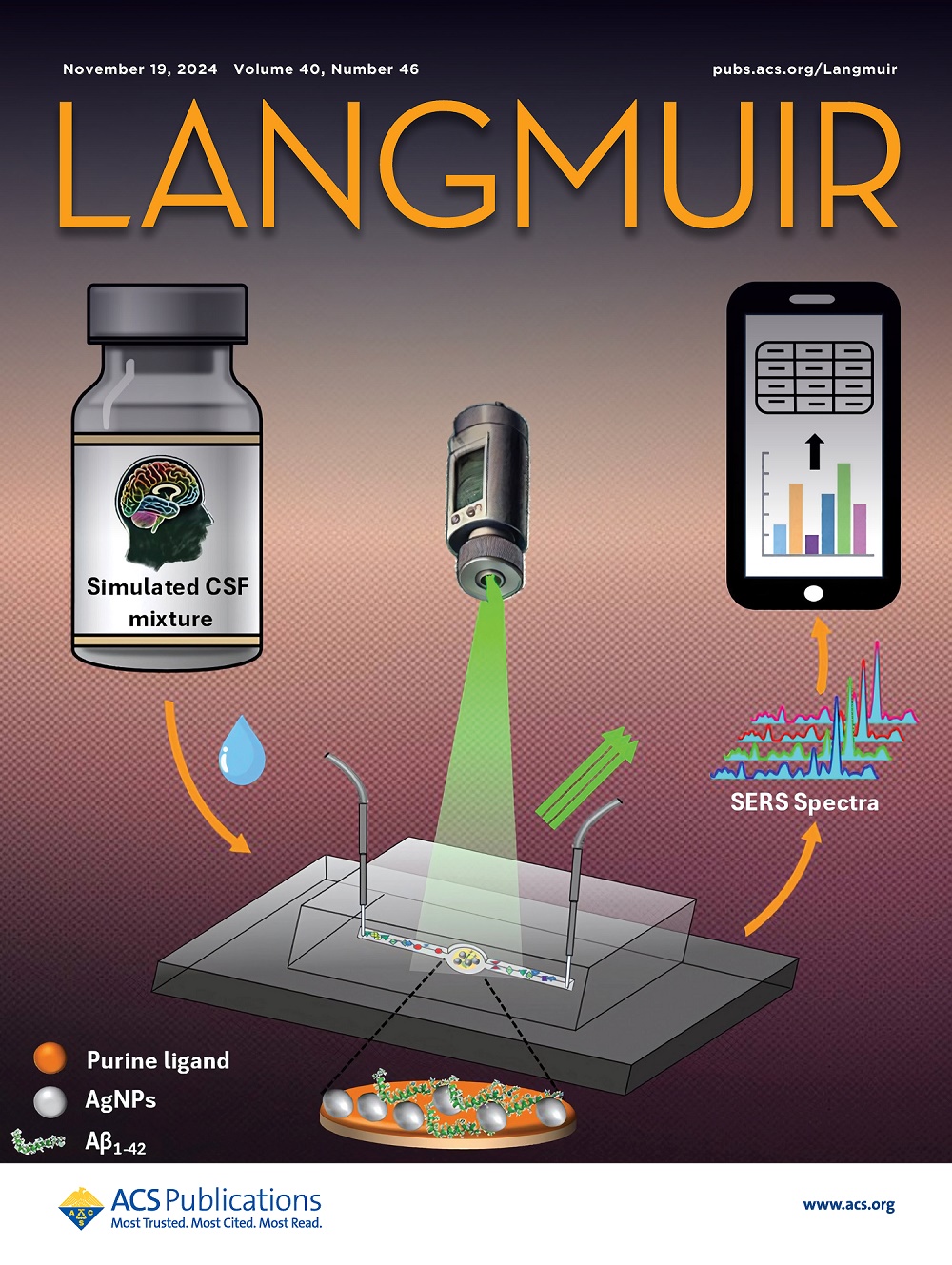A Non-Isothermal General Rate Model of Liquid Chromatography Considering Bi-Langmuir Adsorption and Temperature Variations.
IF 3.7
2区 化学
Q2 CHEMISTRY, MULTIDISCIPLINARY
引用次数: 0
Abstract
In preparative chromatography, the adsorption of substances onto solid surfaces is influenced by temperature variations, leading to changes in the migration velocities of solutes within the chromatographic column. This research provides a detailed analysis of thermal fluctuations in porous media with dual adsorption sites, utilizing a non-isothermal General Rate Model (GRM) specifically tailored to the bi-Langmuir adsorption isotherm. Solute transport within heterogeneous porous media is governed by a system of nonlinear partial differential equations, characterized by convective flow dominance. This system is further coupled with a nonlinear algebraic equation describing the bi-Langmuir adsorption isotherm. To effectively address the challenges posed by this system, it is essential to develop robust and accurate numerical techniques capable of reliable simulations. This study extends and applies a second-order, semidiscrete, high-resolution finite volume method to simulate the governing equations. Numerical experiments, involving multicomponent mixture flows, are conducted to theoretically evaluate the influence of intraparticle diffusion, film mass transfer resistance, axial dispersion, enthalpy of adsorption, adsorption energy coefficients, and Henry constants on the velocity of simulated elution profiles.考虑Bi-Langmuir吸附和温度变化的非等温液相色谱一般速率模型。
在制备色谱中,物质在固体表面上的吸附受到温度变化的影响,从而导致色谱柱内溶质迁移速度的变化。本研究利用专门针对bi-Langmuir吸附等温线的非等温通用速率模型(GRM),对具有双吸附位点的多孔介质中的热波动进行了详细分析。溶质在非均质多孔介质中的输运是由非线性偏微分方程组控制的,以对流流动为主。该系统进一步与描述双langmuir吸附等温线的非线性代数方程耦合。为了有效地应对该系统带来的挑战,必须开发能够可靠模拟的强大而准确的数值技术。本研究扩展并应用了二阶、半离散、高分辨率有限体积方法来模拟控制方程。通过多组分混合流的数值实验,从理论上评价了颗粒内扩散、膜传质阻力、轴向弥散、吸附焓、吸附能系数和Henry常数对模拟洗脱剖面速度的影响。
本文章由计算机程序翻译,如有差异,请以英文原文为准。
求助全文
约1分钟内获得全文
求助全文
来源期刊

Langmuir
化学-材料科学:综合
CiteScore
6.50
自引率
10.30%
发文量
1464
审稿时长
2.1 months
期刊介绍:
Langmuir is an interdisciplinary journal publishing articles in the following subject categories:
Colloids: surfactants and self-assembly, dispersions, emulsions, foams
Interfaces: adsorption, reactions, films, forces
Biological Interfaces: biocolloids, biomolecular and biomimetic materials
Materials: nano- and mesostructured materials, polymers, gels, liquid crystals
Electrochemistry: interfacial charge transfer, charge transport, electrocatalysis, electrokinetic phenomena, bioelectrochemistry
Devices and Applications: sensors, fluidics, patterning, catalysis, photonic crystals
However, when high-impact, original work is submitted that does not fit within the above categories, decisions to accept or decline such papers will be based on one criteria: What Would Irving Do?
Langmuir ranks #2 in citations out of 136 journals in the category of Physical Chemistry with 113,157 total citations. The journal received an Impact Factor of 4.384*.
This journal is also indexed in the categories of Materials Science (ranked #1) and Multidisciplinary Chemistry (ranked #5).
 求助内容:
求助内容: 应助结果提醒方式:
应助结果提醒方式:


